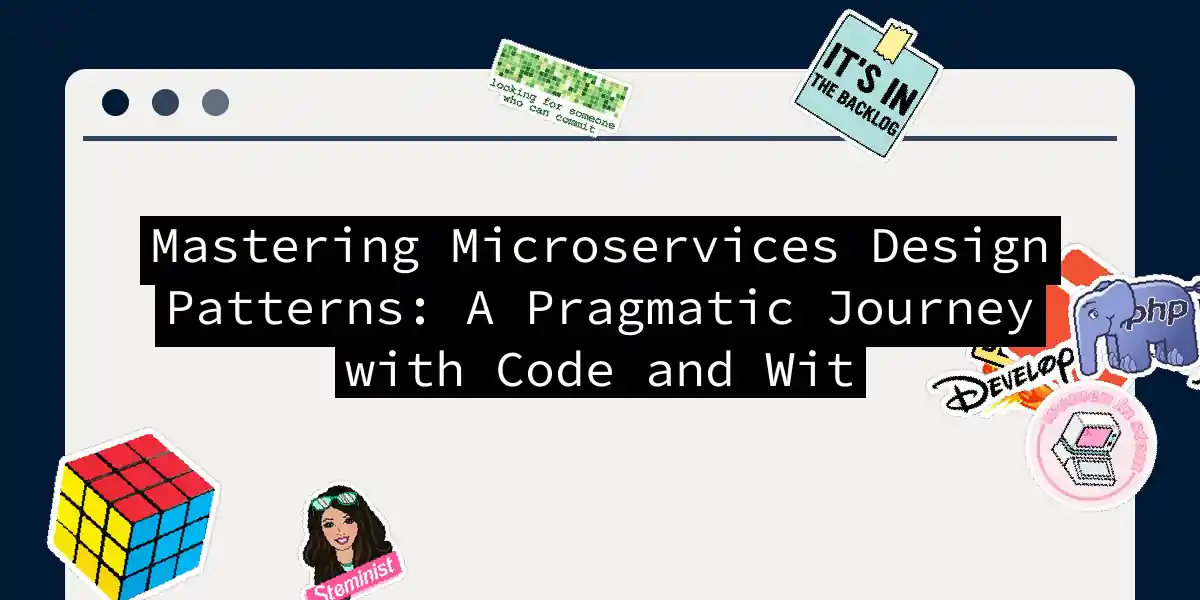Почему вам иногда следует изобретать велосипед
Представьте: вы по уши в проекте, в венах бурлит кофеин, и вдруг вам нужно реализовать функцию, которую наверняка кто-то уже создавал. Ваш коллега наклоняется и шепчет те волшебные слова, которые каждый разработчик слышал тысячу раз: «Не изобретай колесо заново». Но вот в чём дело: иногда это колесо квадратное, иногда оно сделано из бетона, а иногда у него 47 зависимостей, которые увеличат размер вашего бандла быстрее, чем ваше терпение во время ревью кода....
